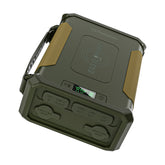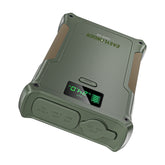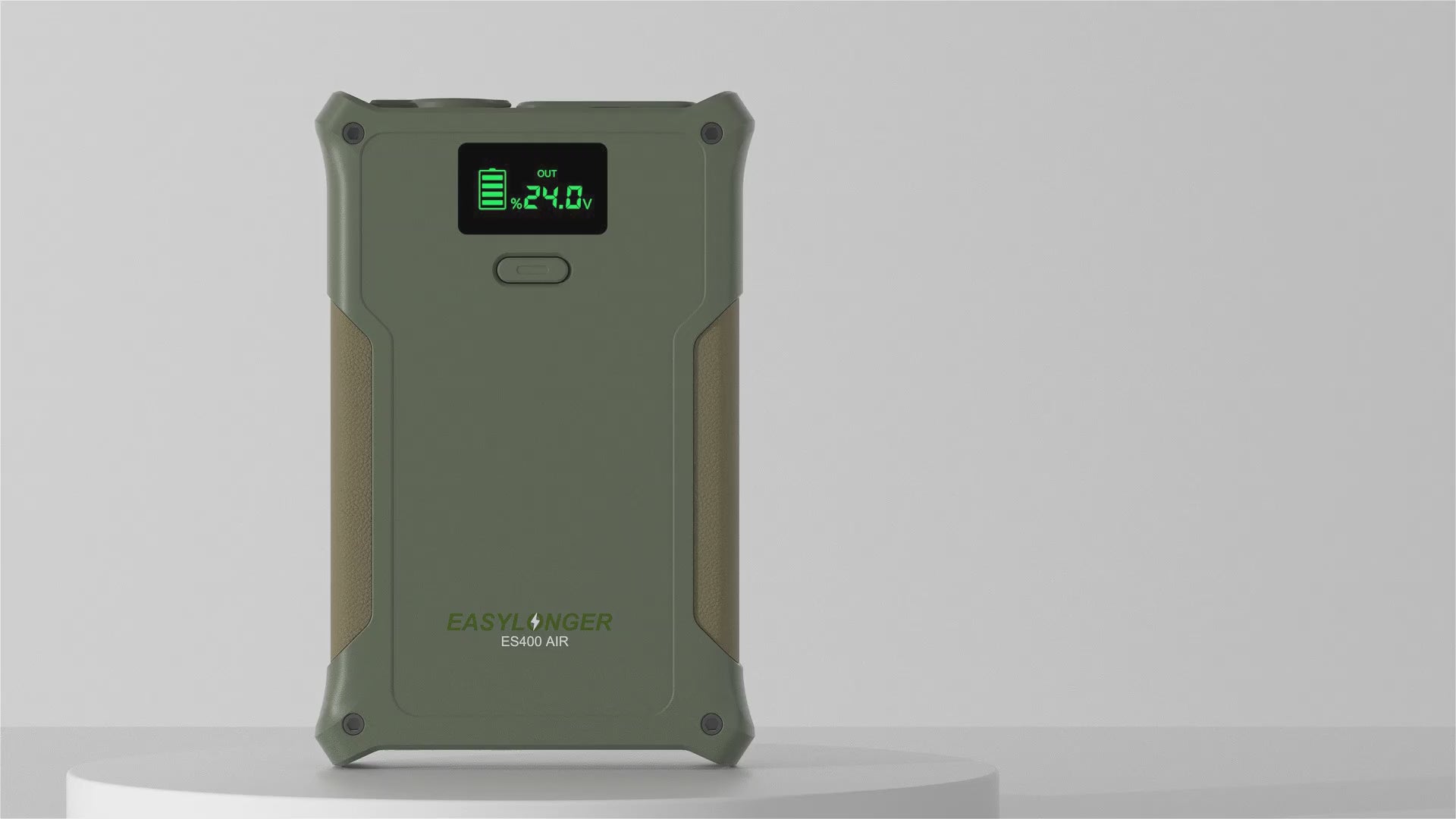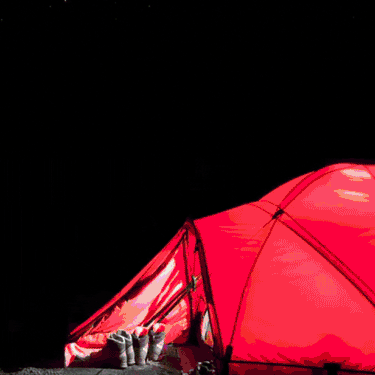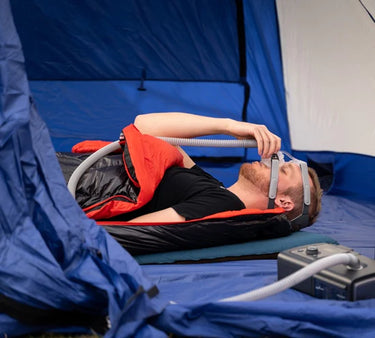LiFePO4 Battery Technology: Powering the EASYLONGER ES960 CPAP Battery for Unmatched Reliability
Introduction
EASYLONGER is changing the game when it comes to portable power for CPAP users, adventurers, and eco-conscious individuals. The EASYLONGER ES960 CPAP Battery is powered by advanced LiFePO4 battery technology, a cutting-edge solution that offers incredible safety, durability, and environmental friendliness. This blog will explain how the latest advancements in LiFePO4 chemistry and engineering make the ES960 the best choice for CPAP users and anyone in need of reliable, sustainable power. Let’s dive into how this technology works and why it’s the right fit for your needs.
1. Fast Charging: Ready for Adventure
The EASYLONGER ES960 CPAP battery is designed for quick, hassle-free charging, making it the perfect choice for adventurers or anyone who needs reliable power on the go. Thanks to the latest LiFePO4 technology, this battery can be charged via a 60W USB-C port or solar panels (18-24V, 100W+), ensuring a full charge in just 5 to 8 hours.
What makes it fast?
Recent breakthroughs in battery electrolytes (like ethylene vinyl sulfone (EVS)) have made charging faster and safer. These advancements allow ions to move faster, while keeping the battery cool and stable. This means the ES960 charges quickly without overheating, making it perfect for outdoor activities like camping or long road trips, where staying powered is a must.
Key Features:
- Dual Charging Modes: Charge with an AC adapter (5–6 hours) or solar input (18–24V, 100W+ panels).
- Pass-Through Charging: Charge the battery while using it to power your CPAP machine or other devices.
2. Unmatched Safety: Thermal Stability for Peace of Mind
One of the biggest advantages of LiFePO4 batteries is their safety. Unlike older lithium-ion batteries, LiFePO4 is incredibly stable and doesn’t overheat or catch fire. This makes it a safer choice for devices like CPAP machines, which are essential for people’s health.
The ES960 is designed with a military-grade casing and a thermal management system that helps the battery stay cool even in extreme temperatures, ranging from -20°C to 60°C. Studies have shown that LiFePO4 batteries generate 31% less heat during charging and discharging cycles than traditional lithium-ion batteries, drastically reducing the risk of fire (Zhang et al., 2025).
3. Eco-Friendly Power: Sustainable and Green
At EASYLONGER, we care about the environment. The ES960 CPAP battery uses LiFePO4, a material that is free from toxic cobalt and nickel, making it a cleaner choice compared to traditional batteries. Additionally, LiFePO4 batteries have a long lifespan, which helps reduce waste.
Did you know? Recent research shows that used LiFePO4 cathodes can be repurposed to produce hydrogen from seawater, helping to drive a new era of clean energy (El Halya et al., 2024). This makes the ES960 not just a powerful battery but also a step toward a more sustainable future.
EASYLONGER’s Sustainability Initiatives:
- Long Lifespan: The ES960 lasts over 3,000 charging cycles, equating to more than 10 years of daily use (EASYLONGER ES960 Product Guide, 2025).
- Battery Recycling Programs: We partner with certified recycling facilities to recover up to 95% of battery materials (EASYLONGER ES960 Product Guide, 2025).
4. High Performance: New Materials for More Power
The ES960 is packed with LiFePO4 innovations that boost its performance. Through advancements like Sn-doped Li2ZrF6 interfaces, the ES960 is able to deliver a 297.6Wh capacity, allowing it to power your CPAP machine for up to 29 hours (without a humidifier) or 7–12 hours with all features running. This is perfect for long nights of rest, whether you're at home or on the go.
In addition, LiFePO4 batteries have seen a huge improvement in energy density due to breakthroughs in cathode nanostructuring and new electrolyte additives. This means more power with a smaller, lighter battery.
Other Great Features:
- Multiple Device Compatibility: Use the ES960 to charge phones, laptops, and small appliances through its 7 ports (including wireless charging).
- Off-Grid Power: Perfect for outdoor adventures or emergency backup power.
5. Versatility for Modern Lifestyles
Although the ES960 CPAP battery is optimized for CPAP machines, it’s also perfect for a variety of other uses. Whether you need a backup power source during a power outage, want to keep your gear running on a camping trip, or are looking for a solar-ready battery to integrate with your off-grid setup, the ES960 has you covered.
Uses Beyond CPAP:
- Emergency Power: Always have reliable power during outages.
- Outdoor Adventures: Powers lights, projectors, and small appliances.
- Renewable Energy: Supports solar systems for an eco-friendly lifestyle.
6. The Future of LiFePO4: What's Next?
The future of LiFePO4 technology is bright. Ongoing research is focused on creating solid-state hybrids, which could improve energy density by up to 40% (Yan et al., 2025). Additionally, AI-driven health monitoring could soon optimize the lifespan of batteries like the ES960, allowing users to get the most out of their device for years to come (Zhang et al., 2025).
Conclusion: A Battery Built for the Future
The EASYLONGER ES960 CPAP battery represents the pinnacle of LiFePO4 battery technology. With fast charging, unmatched safety features, and a commitment to sustainability, the ES960 is more than just a backup battery for CPAP users—it’s a reliable, eco-friendly power solution for everyone. Whether you’re exploring the great outdoors, preparing for an emergency, or simply need reliable power for your CPAP machine, the ES960 has your back.
Stay powered. Stay green. Stay adventurous.
References:
- Yan et al., Nature (2025): Li2ZrF6 interfaces for stable lithium deposition.
- Tang et al., Energy Storage Materials (2024): EVS electrolytes enhancing LiFePO4 safety.
- El Halya et al., Sustainable Energy & Fuels (2024): LiFePO4 in redox flow batteries.
- Zhang et al., Journal of Energy Chemistry (2025): Dual in-situ strategies for thermal stability.
- EASYLONGER ES960 Product Guide (2025): Technical specifications and user protocols.

